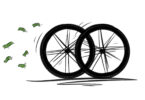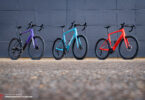What do you need to consider when it comes to suspension and what’s the most important thing to focus on? What is the best way to increase the range of use of your gravel bike? After our concept comparison of six gravel and mountain bikes, we found answers to these and many other exciting questions and collected them for you here.
The market for gravel bikes is constantly evolving and the latest innovations mean the distinction between gravel and mountain bike is becoming ever more blurred. It’s not always easy to keep track of the latest changes and hottest trends. We’ve summarised our findings from our group test of 6 gravel and mountain bike concepts and tell you what to look out for when you’re skirting the line between the two worlds.
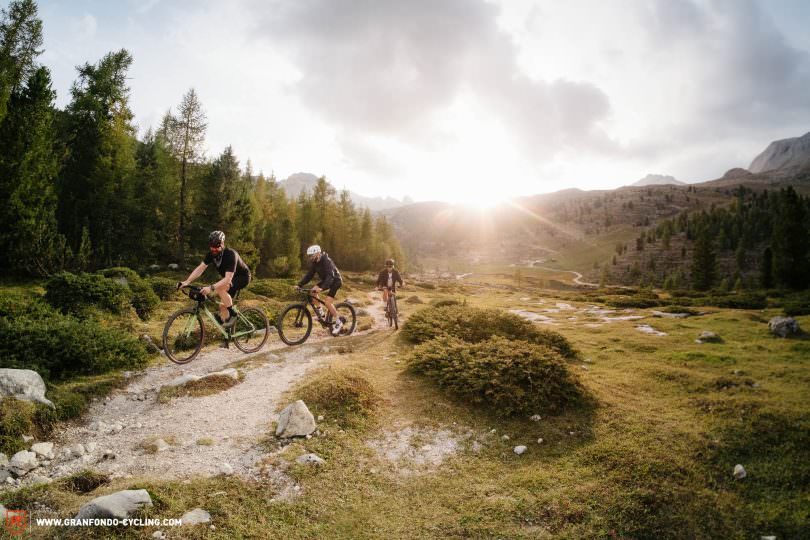
Every spring is only as good as its damping
Our test made one thing very clear: No matter how much suspension travel a suspension concept offers, travel on its own is useless and is only as good as its damping. Undamped suspension travel results in the rider bouncing uncontrollably, like a bouncy ball on a pogo stick. To prevent this, damping controls the speed at which suspension compresses and extends. Hydraulic damping elements like those found within the RockShox Rudy suspension fork or Trek’s IsoStrut shock have adjustable compression and rebound damping which can be changed to suit the rider and their preferences.
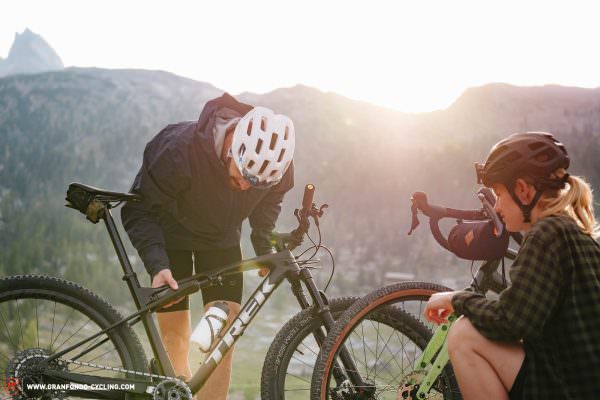
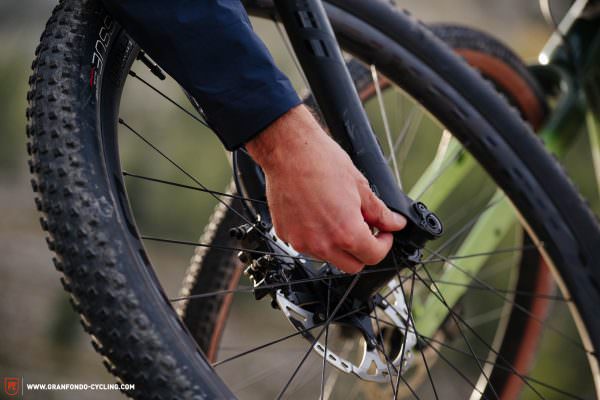
Components such as tires or handlebars can also provide a certain amount of damping via internal material friction. However, it depends on the material and can’t be adjusted in any way. As such, be careful when you read the word damping on our website or anywhere else: if the damping isn’t adjustable, then it will only ever be optimised to suit specific parameters. For example, heavy riders may find a handlebar comfortable that lighter riders would find too stiff. While manufacturers strive for an optimal balance, there is always a certain level of compromise involved.
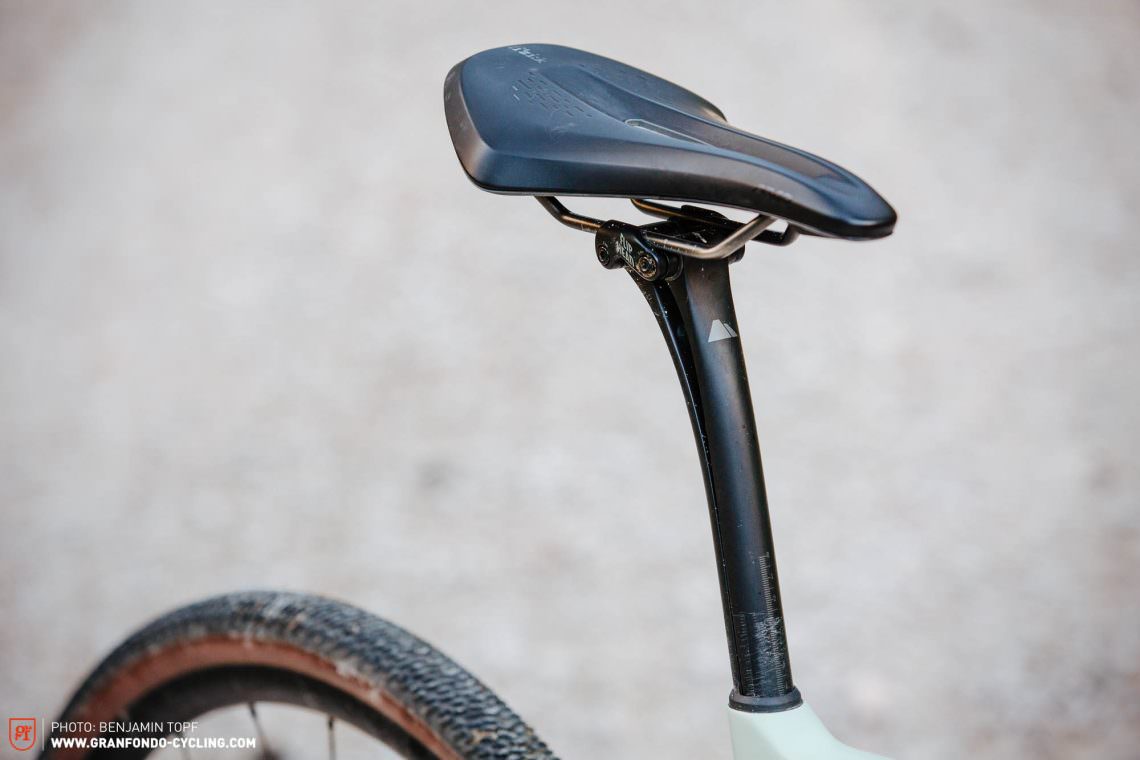
The most important suspension element of any bike is the tire
It should be obvious that tires are the only points of contact with the ground. It’s also indisputable that a good tire creates safety and trust, especially when it behaves predictably. A reliable tire is especially important on non-uniform surfaces, such as those encountered during mountain bike and gravel rides. Tires are also the first component to react to impacts on every bike, regardless of whether it’s a fully, a hardtail or a bike without any suspension at all. Our test showed that tuning parameters like tire volume and pressure is just as important as a meticulous suspension setup. On top of that, different tire models have different casings, which can have an enormous influence on the inherent damping of a tire. If you want to get more comfort out of your bike, don’t be afraid to choose a bigger tire. The bigger the volume, the more “room” for deformation, increasing “travel” and thus traction for a comparatively manageable financial outlay. More volume does not have to mean slower, whatever surface you’re on! A comfortable tire is the better one and, in the long run, also the faster gravel tire. With a comfortable tire you can ride longer in an aerodynamic position and arrive at your destination more refreshed. More information about gravel tires can be found in our Gravel tire group test of 12 different models.
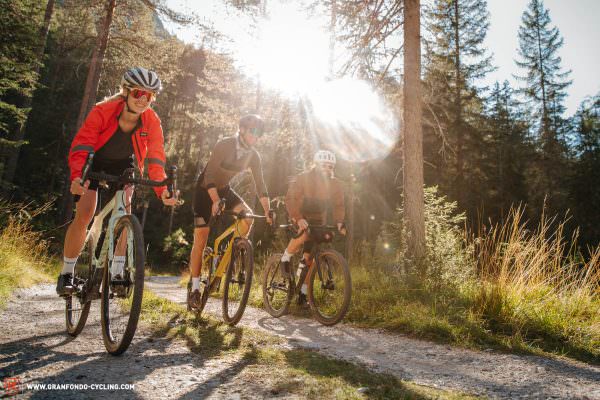

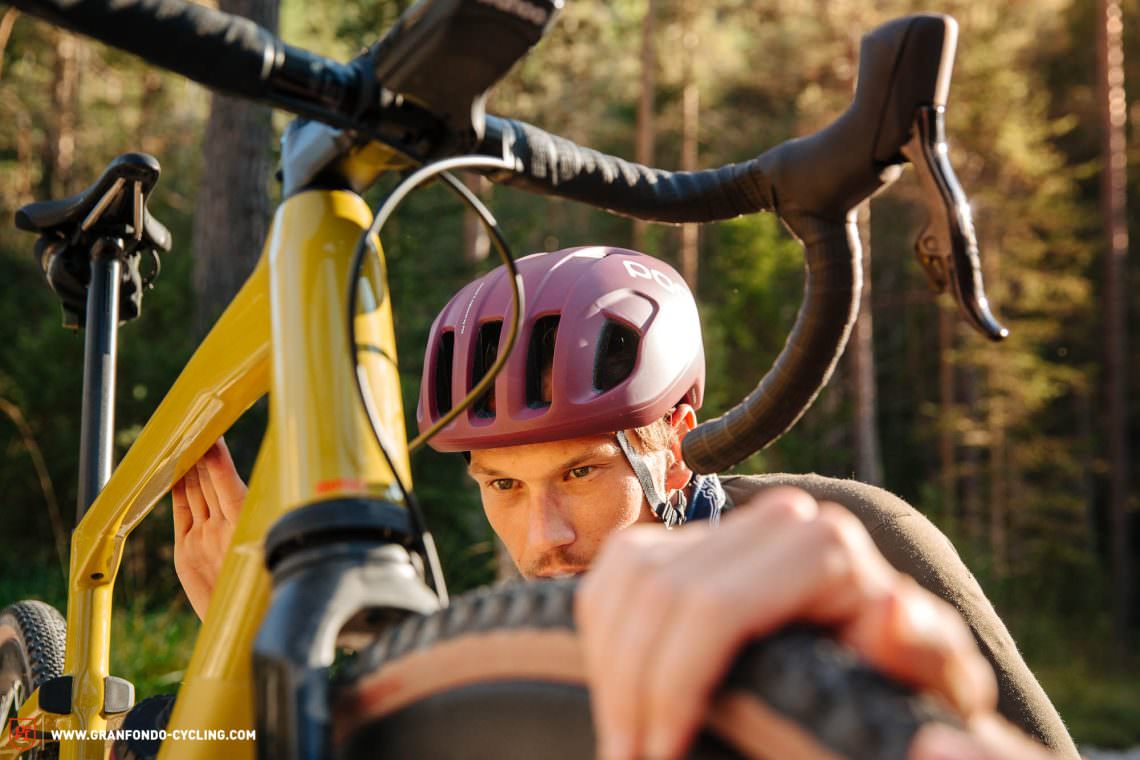
You have the most suspension travel! Freedom of movement
It might be unusual for us roadies but getting out of the saddle without sprinting can pay off, because it allows you to use your arms and legs as natural suspension. The basic requirement? Your saddle has to be far enough out of the way, for which dropper posts are a perfect option. They create the necessary freedom of movement that allows you to flex your legs and arms to their maximum. And what’s the upside? Your body’s spring rate and damping are basically infinitely adjustable, can react within a split second and come completely free of charge to boot. Well… the latter isn’t entirely true – there’s no getting around exercises and training for your core. Joking aside, an active riding style where you react to the terrain increases safety and helps protect your kit. For more information, our sister magazine ENDURO has numerous articles on the topic.
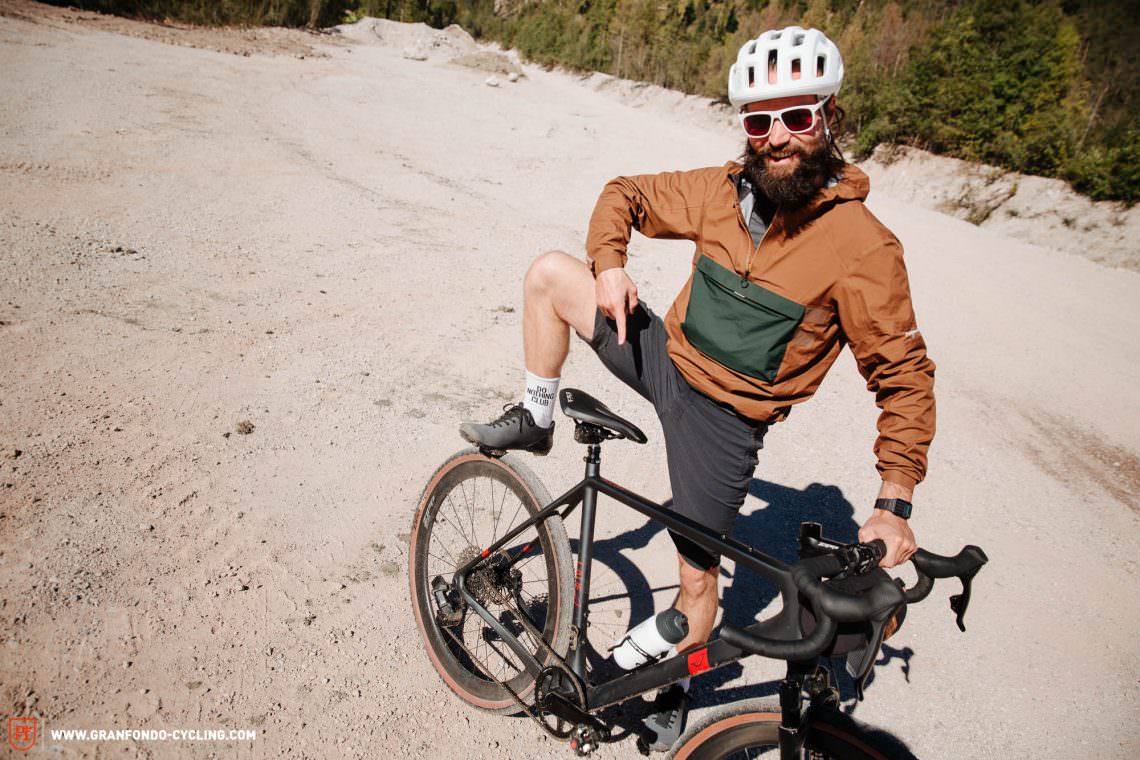
Steering: Not all drop bars are the same
The drop bar has clearly demonstrated its raison d’être in our concept group test, not just providing several hand positions but also effectively creating three geometries in one bike. When changing positions on the bar, your riding position and angle of the upper body can change significantly, resulting in a change of the effective top tube length due to the change in distance between your contact point with the saddle to your bars. However, the handlebars need to fit the overall package of the bike as well. Too little flare in the drops, like the Canyon, compromises control in rough terrain and you’re also more likely to knock your forearms on the drops when sprinting. At the other end of the scale, significant flare like on the Fustle is an aerodynamic disadvantage. Handlebar ergonomics like those of the Easton EA70 AX on the URS LT ONE or Zipp Service Course 70 XPLR on the Lauf True Grit proved to offer great all-round characteristics. It is highly advisable to test as many different designs as possible to make sure you find the ergonomic solution that suits you. Since changing handlebars constantly on your own bike can be quite time-consuming and annoying, we recommend you take every opportunity to sit on the bikes of friends and acquaintances and test out all the positions.
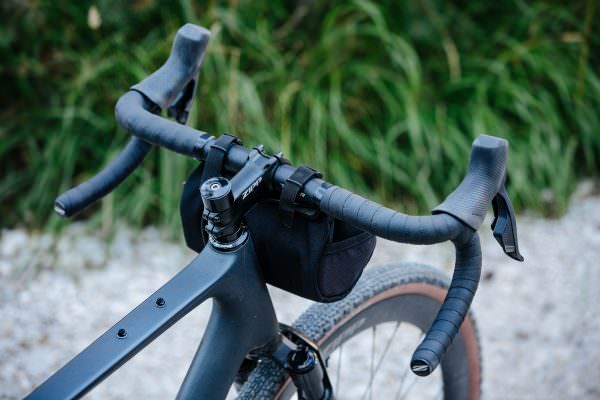

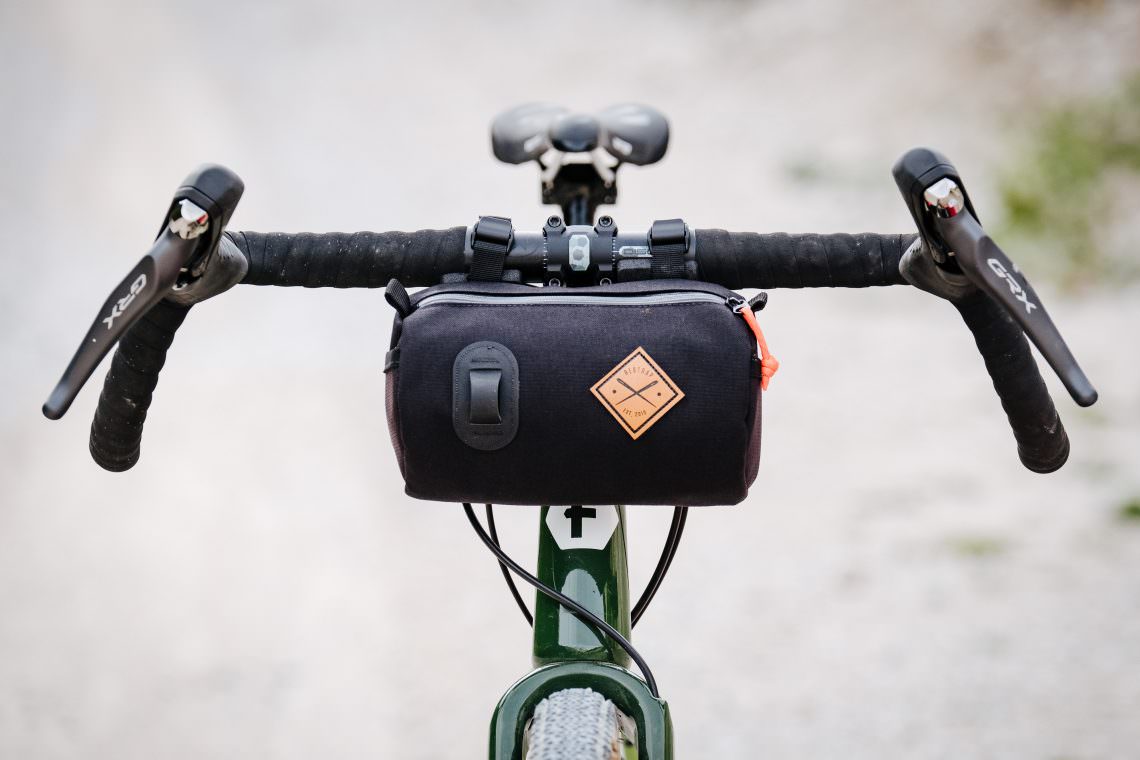
It’s all a question of mass
We’re not talking about going on a diet or making your bike as light as possible. That might help you on the uphills but we’re more concerned with performance on uneven terrain. Here, you will benefit if the system consisting of rider and bike has the lowest possible unsprung mass. In our concept comparison, the full-suspension systems i.e. the Trek and the BMC URS LT, achieve this best. Suspended mass travels smoothly and evenly when passing over obstacles, while unsprung mass, such as the wheel-tire system, has to roll more around each obstacle, costing energy that could otherwise be used for propulsion. In order to save precious energy, the unsprung mass should be minimised as much as possible.
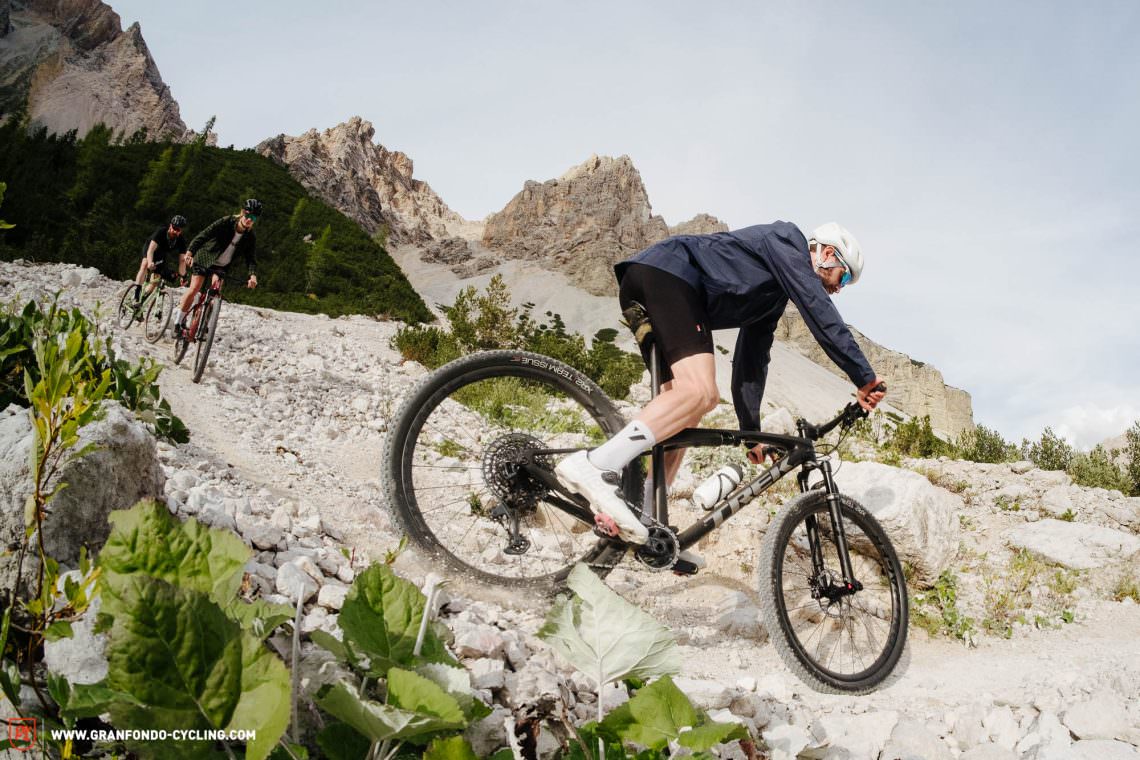
Well-rounded, ideally
The all-rounders in the test have a wide range of applications making them very versatile. They cover as broad a spectrum of uses as possible without any gaps in their capabilities. For this reason, their spec and equipment are usually more extensive than that of a more specialised bike concept. Nonetheless, specialists have their own raison d’être as some of you may not want to or be willing to take advantage of the enormous versatility of some bikes in the test. More specialised bikes focus on a particular application or use case but can’t afford any compromises there. What does that mean specifically? If a bike can’t perform on the road and trail, it should at least shine on the gravel. With its limited gear range, the Fustle creates a gap in its capabilities right in the middle of its own niche application, limiting the coherence and roundedness of the concept.
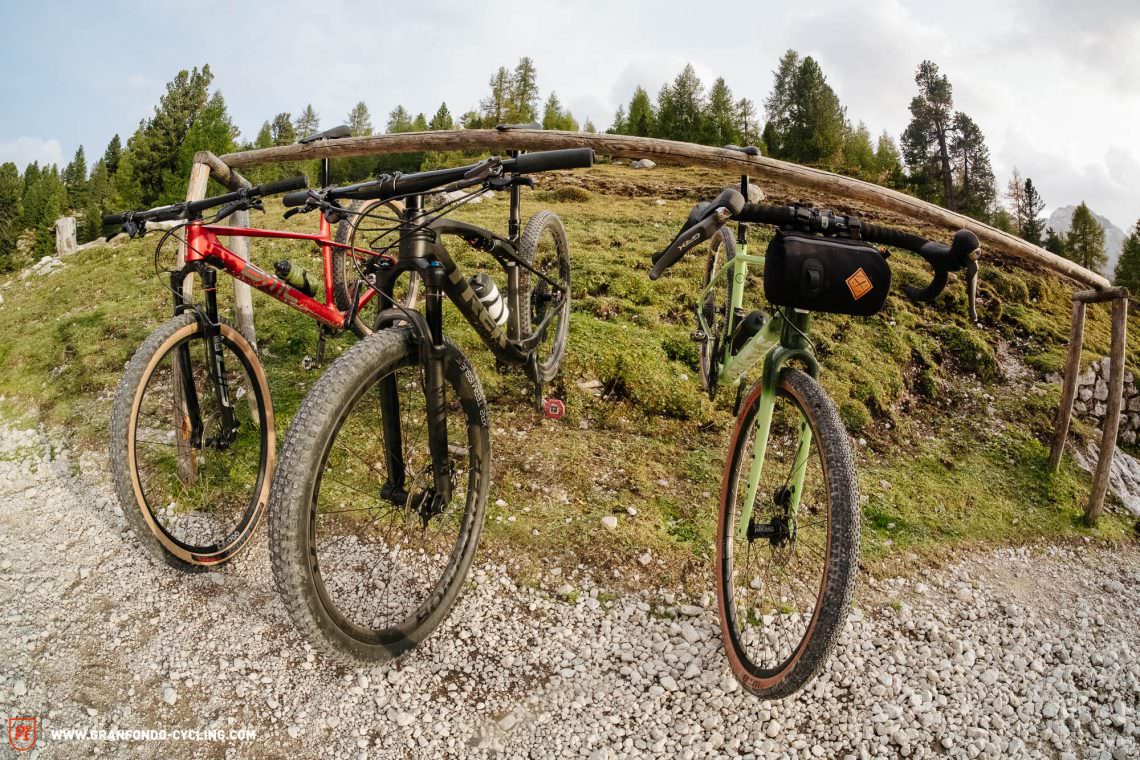
Did you enjoy this article? If so, we would be stoked if you decide to support us with a monthly contribution. By becoming a supporter of GRAN FONDO, you will help secure a sustainable future for high-quality cycling journalism. Click here to learn more.
Words: Benjamin Topf Photos: Benjamin Topf, Peter Walker


